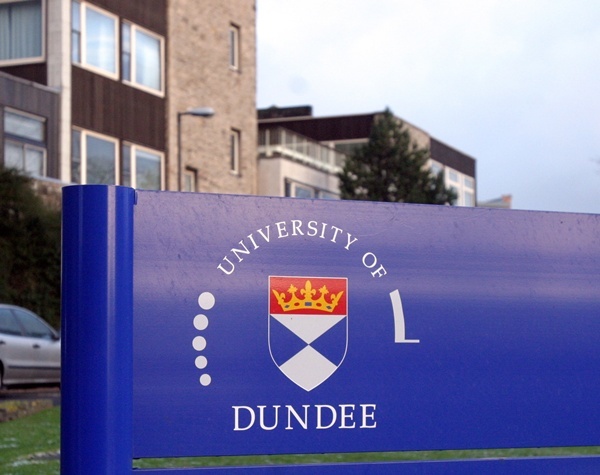Thousands of Tayside patients have aided pioneering research into one of the world’s biggest killers.
Their health data has been used by Dundee University and its partners to uncover 15 genes linked to coronary artery disease (CAD), which can lead to heart attacks.
CAD kills one in five men and one in seven women in the UK.
Colin Palmer, professor of pharmacogenomics, said: ”A lot of this work reinforces the importance of lowering cholesterol as a powerful preventive measure and information from individual novel genes may lead to improved medicines in the future.
“Without the public volunteering for these genetic studies progress would not be possible.
”The Tayside population has proven very enthusiastic to take part in these studies and currently around one in 10 members of the public in Tayside are enrolled in genetic studies.”
Dr Panos Deloukas, co-author of a report on the research published this week in the journal Nature Genetics, said: ”Our research strengthens the argument that for most of us genetic risk to CAD is defined by many genetic variants, each of which has a modest effect.
“Our next step is to design new analyses to also test rarer variants to provide a full catalogue of disease associations that in the future could identify individuals most at risk of a heart attack.”
